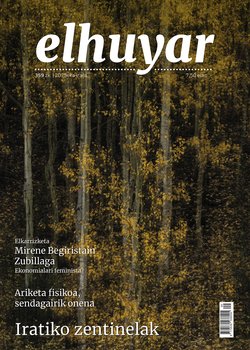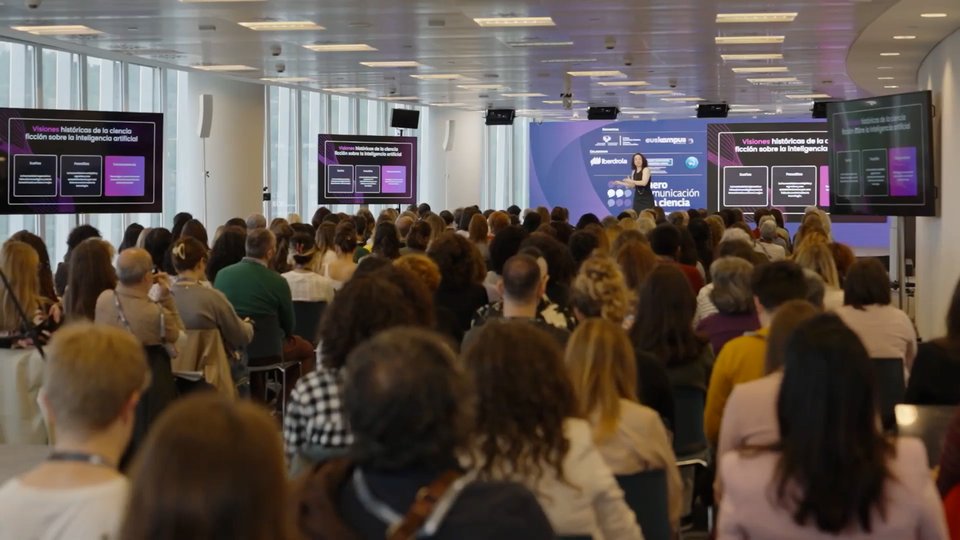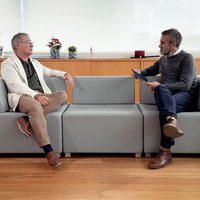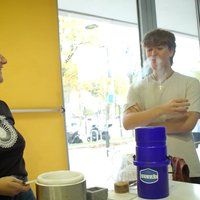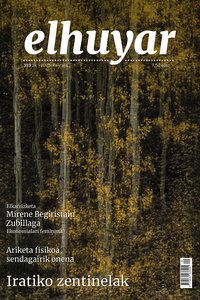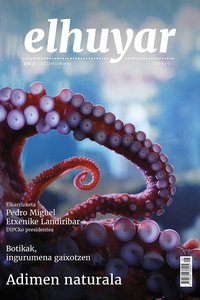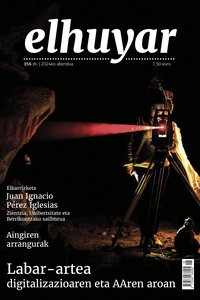Exercise, the best medicine
Not only is exercise a good habit of living a healthier life, but it could also be one of the best tools for the prevention of various diseases, as well as a first-class treatment. And doctors should prescribe it, like drugs, in the right dose. This is what the scientific evidence has accumulated in recent years, as do the researchers Ana Rodríguez Larrad and Mikel Izquierdo Redin.
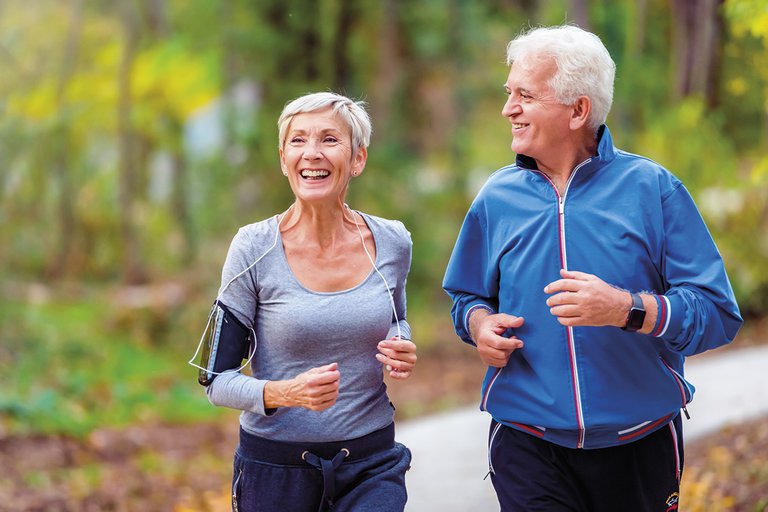
“Exercise is one of the best medicines,” says Mikel Izquierdo Redin, Professor of Health Sciences at the Public University of Navarra. “The scientific evidence is already overwhelming.”
In fact, numerous studies have shown that various chronic diseases such as hypertension, type 2 diabetes, obesity, depression and certain cognitive impairments can be prevented and treated. “The results could be similar or better than those obtained with medicines, but without adverse effects,” says Izquierdo. “In some cases, such as hypertension or mild depression, evidence indicates that exercise can completely replace or significantly reduce medications.”
In the same vein, Ana Rodríguez Larrad, professor at the Department of Physiology of the Degree in Physiotherapy at the UPV/EHU and researcher at the research group AgingOn, has spoken: “There is a growing body of scientific evidence confirming that exercise is one of the most effective tools for improving health – both for prevention and treatment. That’s why the Exercise is Medicine movement has emerged, which claims physical exercise as a component of medicine.”
The biological polypill
“Physical exercise activates very complex biological mechanisms,” explains Rodríguez. They are complex and varied, but they are becoming better known. For example, exercise reduces systemic levels of inflammation, which has a direct impact on the course of various chronic diseases such as cardiovascular disease, cancer, or depression. It increases the production of neurotrophins, which contributes to brain plasticity and cognitive function. It causes changes in gene expression through epigenetic mechanisms; it also affects the immune system, as well as the composition of the microbiota. “Exercise is not only an activity of general benefit, but a complete therapeutic intervention that activates certain specific biological pathways,” says Rodríguez.
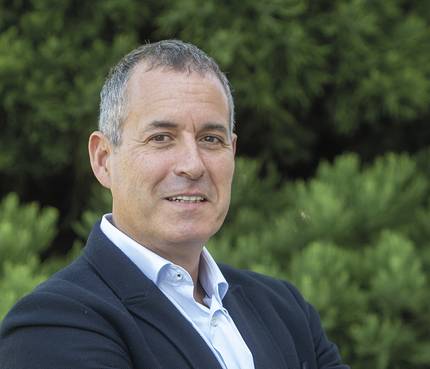
“Physical exercise is a biological polypill that acts on different systems through interrelated mechanisms,” Izquierdo also emphasizes. “There are no drugs that have such a broad effect and can replicate the benefits of exercise without adverse effects. That is why we are currently advocating for full integration into prescribing, not only as a preventive tool, but as a first-line treatment.”
Among the biological mechanisms, Izquierdo highlights that of the muscles: "Muscle is an essential endocrine organ that regulates metabolism, immune system and brain health." During exercise, the muscle secretes molecules called myokines (such as IL-6, IL-10 and BDNF), which are anti-inflammatory, immunomodulatory and neuroprotective. "That's why strength training is especially important in the elderly to combat muscle loss and improve functionality."
Essential for the elderly
The current recommendations clearly emphasize that progressive strength training is essential for the elderly. For example, at the beginning of the year several international experts, led by Izquierdo himself, published the “Global Consensus on Optimal Exercise Recommendations to Promote a Healthy Life in the Elderly”. “We have compiled evidence-based recommendations in this global consensus, but it is also a call to action. We call on health authorities, health professionals and politicians to actively engage in integrating physical exercise as a basic pillar in geriatric care and public health."
“Structured exercise, especially progressive strength training, is essential for the treatment of frailty, sarcopenia (muscle loss), osteoporosis and cardiovascular diseases,” says Izquierdo. “Studies have shown that a healthy life can last a decade. It promotes functional independence and reduces hospitalizations and medication, as well as health costs.”
Although it is often thought that we are no longer able to exercise beyond a certain age, this belief is completely wrong, according to Izquierdo. “Evidence shows that even in the eighth or ninth decade of life, intense exercise is beneficial. The muscle does not lose its ability to adapt with age, so it is essential to promote adapted programs that allow the elderly to maintain their autonomy and quality of life.”
Whether you are elderly or not, the sports recipe is good for everyone. For example, physical exercise also has significant benefits for hospitalized people. Being in bed causes a very rapid loss of strength, weakening of breathing, etc. "Hospital exercise programs are beneficial in reducing circulatory problems and the risk of thrombosis, as well as maintaining functional capacity to allow the person to go out more autonomously after discharge," explains Rodríguez. In addition, it reduces stress and anxiety caused by hospitalization, improves the quality of sleep, and helps to regain a sense of control. “So exercise is not something that follows recovery, but an active tool to accelerate recovery itself.”
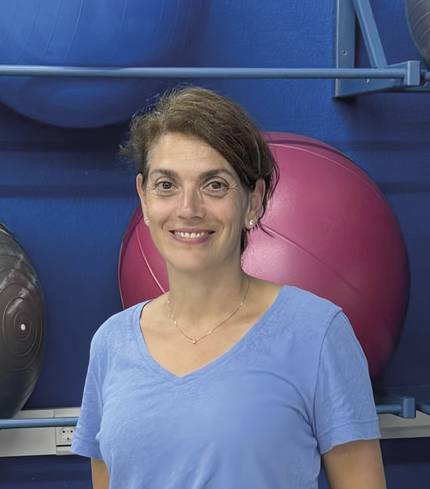
Primary Evidence
It is also very beneficial for those who have cancer. Izquierdo highlights a recently published study in which, through a large-scale clinical trial with patients with colon cancer, they have shown that taking action immediately after starting chemotherapy not only improves the quality of life of structured exercise, but also improves survival. “This study has been a milestone, since it is level 1 evidence; it has gone from being an observed association to a causal proof. The scientific community had been waiting for this for years.”
Izquierdo’s research team has also achieved significant results in several clinical sessions. Among other things, they have shown that progressive strength training reduces frailty and sarcopenia, is effective in combating persistent COVID, and improves the quality of life for both patients with cardiovascular diseases and those with cancer.
Rodríguez cites a study carried out by the research group Ageing On in 10 nursing homes in Gipuzkoa. More than 100 people over the age of 70 were subjected to individualized moderate-intensity exercise programs, and the results were very satisfactory. On the one hand, falls and the degree of frailty were reduced, and on the other hand, there were significant improvements in physical functional abilities, as well as cognitive abilities and mental health. “Physical exercise not only affects the body, it also affects the brain,” explains Rodríguez. “It can also be one of the ways to prevent and delay cognitive decline and dementias in old age.”
Rodríguez also wanted to highlight another project. “In collaboration with three research institutes, we have designed an exercise program aimed at patients over 75 years of age with advanced cancer. We are still analyzing the results, but we can anticipate that, in addition to being feasible and widely accepted, the ability to tolerate the toxicity of oncological treatment is significantly improved.”
However, such programs are not available to all citizens. For this reason, a new tool is now being validated in collaboration with the Mugiment project and the OnkoOn mission: a crippling tool that will allow the individualised and safe prescription of physical exercise. “Our goal is to make this tool useful for healthcare professionals, as well as to extend its use to the entire healthcare system, so that the prescription of physical exercise is systematically and safely integrated into treatment protocols.”
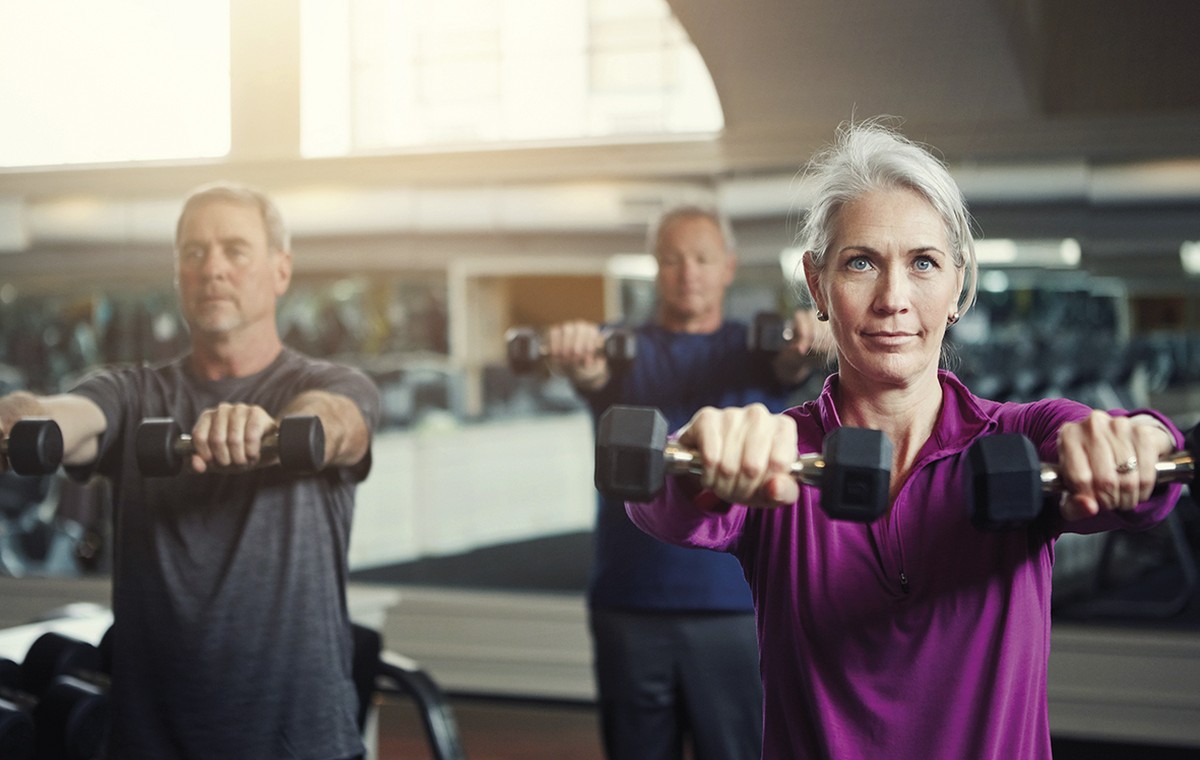
Not enough prescriptions
“That’s the real challenge,” says Rodríguez; “we have scientific evidence, but it’s still not prescribed enough, not even in an adapted and individualized way. For this, it is essential to recognize the physical condition (muscle strength, aerobic capacity, balance...) as a health parameter and integrate it into the medical records. This would allow us to prescribe physical activity to the needs of each person.” According to Izquierdo: “The clinical history rarely includes the activity performed by a person and does not measure strength, walking, endurance and other functional indicators. And what is not measured, is not prioritized.”
Although significant progress has been made in recent years, much remains to be done, according to both experts. “Physical exercise is not properly integrated into training or clinical practice,” says Izquierdo. “In most medical and nursing schools, there is almost no time to teach how to prescribe physical exercise. Many health professionals recognize the importance of physical exercise, but do not feel ready to prescribe it with the same safety as statins or beta blockers.”
“We should stop looking at exercise as a recommendation and start prescribing it as part of the standard treatment,” Izquierdo emphasizes. “Just as we prescribe medicines, we have to prescribe physical exercise. But it’s not enough to say ‘you need to exercise more’; you need structured programs, trained health workers, and follow-up.”
In fact, the dose and personalization of exercise is as important as with any medication. “The general recommendations are not enough,” says Izquierdo; “walking 30 minutes a day” is positive, but does not guarantee therapeutic results. There is a need for individualized programs based on scientific evidence that include the intensity, volume, modality and progression of the exercise. A personalized prescription is essential.”
The public health challenge
This is a great challenge, but it is absolutely necessary, according to both experts. And while it requires significant investments in personnel and infrastructure, it’s a long-term, profitable bet. “The economic and social benefits of promoting physical exercise fully outweigh the initial effort,” explains Izquierdo. “We need bold public policies; this is essential to ensure that the benefits of physical exercise are available to everyone, and especially to the most vulnerable.”
“The socioeconomic conditions have a great influence on the possibility of exercising,” warns Rodríguez, “economic resources, having free time, adequate infrastructures, a safe environment, among others. And to this we must add that many groups with certain situations (people with cancer, people with neurological problems, or elderly people in situations of fragility) often indicate that they do not find programs adapted to their needs and tastes.” The offer of physical activity is often not adapted to limited physical abilities, and they have difficulty in finding the right format and trained professionals. In addition, some of these resources are only available in the private sphere. “This creates an economic gap and increases health inequalities.”
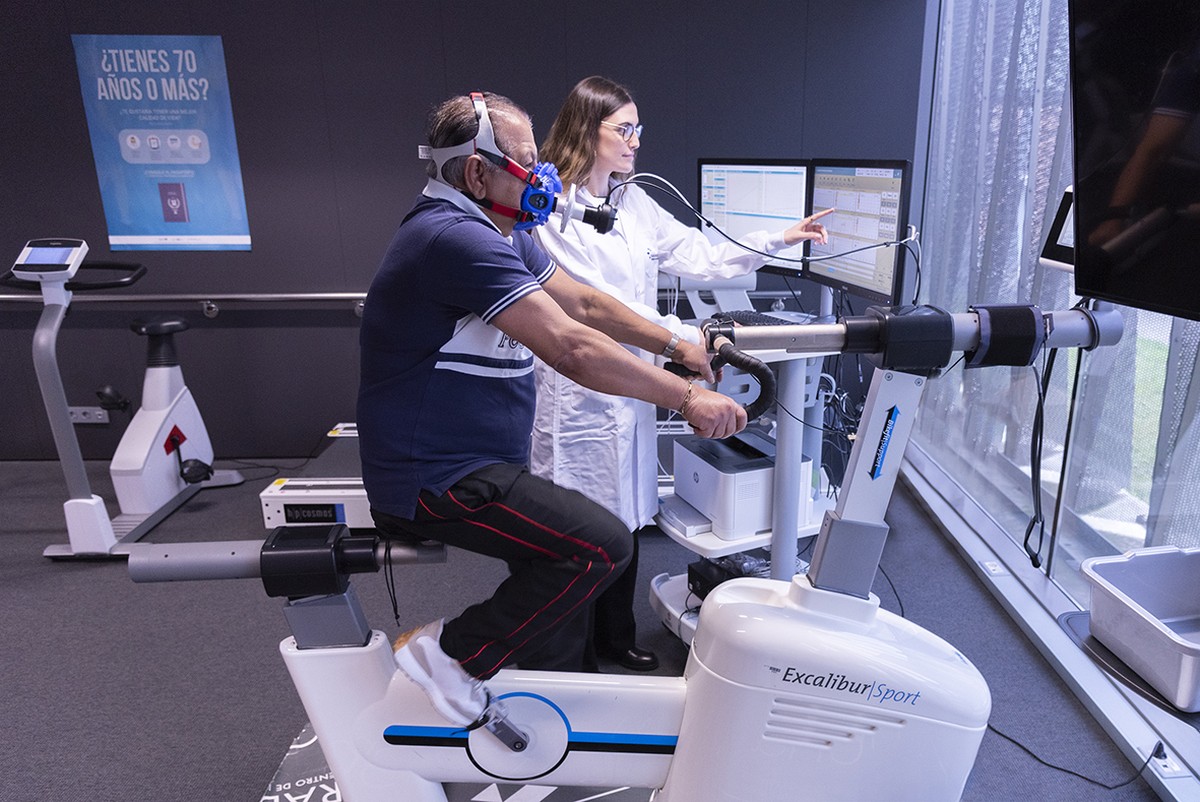
One of the barriers to physical exercise taking its place in health policies is cultural, according to Izquierdo: "We have a health system based on medicines, surgeries and reactive treatments. Exercise, on the other hand, is not prescribed in a pill and does not give immediate results. It is a medicine that requires perseverance, effort and time. And this clashes with the logic of immediacy and rapid resolution.”
“If we have science, what is missing is political will, institutional commitment and a change in the collective mentality,” summarizes Izquierdo. “We need trained professionals, health systems that include exercise as part of the prescription, and public policies that support active environments. But we also need something deeper: an empowered society that understands that moving is not an aesthetic or fun option, but a way to live better and more.”
Buletina
Bidali zure helbide elektronikoa eta jaso asteroko buletina zure sarrera-ontzian


